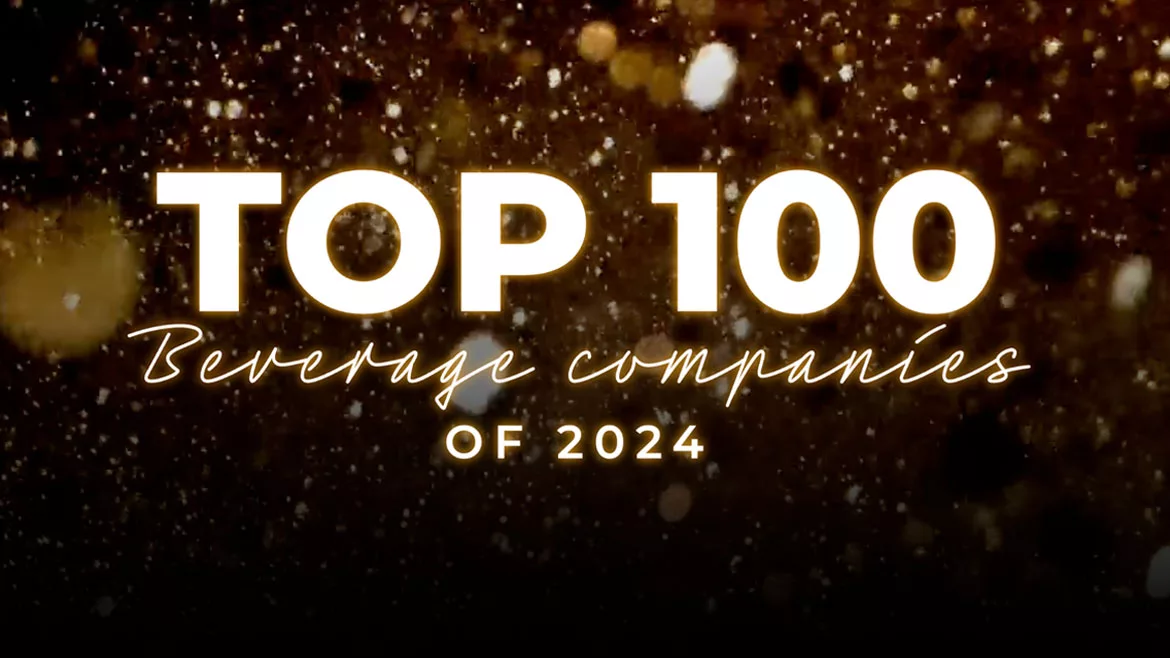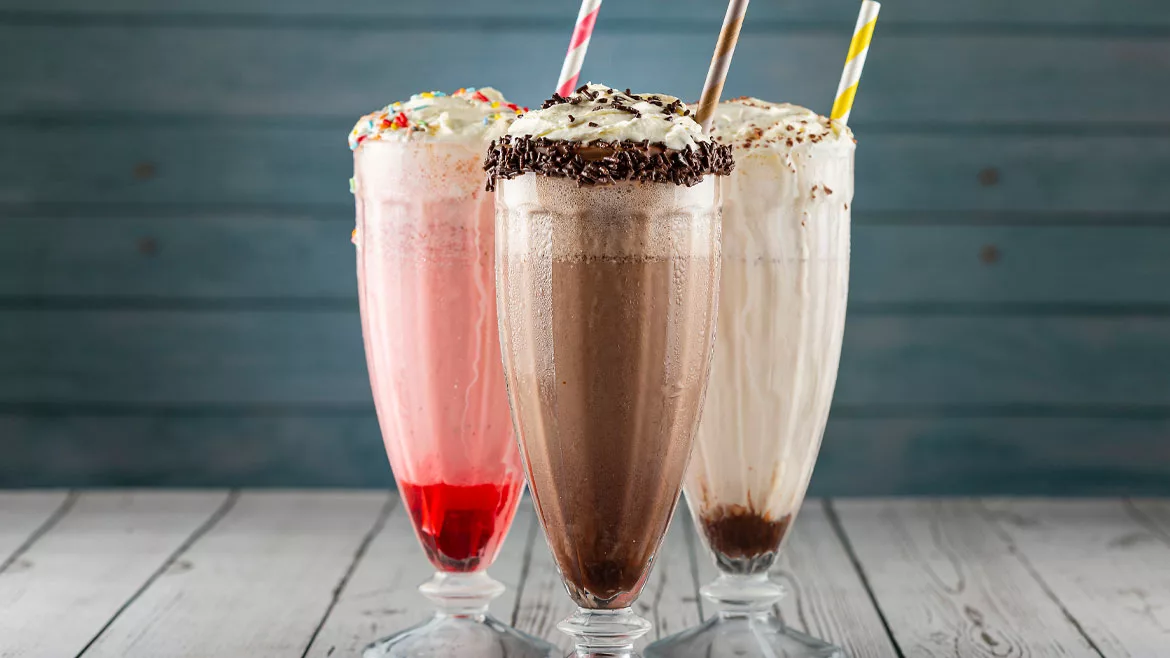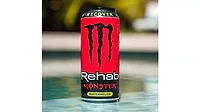Riding The Energy Buzz
Riding The Energy Buzz
By Joanna Cosgrove
Ingredients for today’s hottest beverage segment
Wringing every second out of the day is hard when the world whips by at an increasingly frenetic pace. That’s one reason so many consumers reach for a little “liquid motivation” in the form of an energy beverage. In the past five years, no segment has flourished more quickly than the energy segment. One look at shelves and cold cases reveals something for nearly everyone in need of a tasty, gulpable boost.
“Everyone is moving a mile a minute and has very
little time necessary to refuel the body’s depleted energy supply
properly,” comments Nelson Fretwell, national sales manager at
Barrington Nutritionals, Harrison, N.Y., who adds that the category also is
very prominent with the fitness-minded consumer in search of something to
propel them through a sporting event or a grueling workout.
Overall health and wellness is becoming a much larger
part of people’s lives — especially among baby boomers, says
Mark Fanion, communications manager at Fortitech Inc., Schenectady, N.Y.,
who adds that energy beverages along with other functional ingredients are
quickly growing in interest among this group, thanks in part to education.
“Manufacturers are boldly labeling, packaging
and marketing their products with the added health benefits of functional
ingredients,” he says. “Plus, more research is being done on
the potential health benefits of many functional ingredients that go into
most energy beverages.”
Fretwell says the bulk of the “energy”
ingredients in energy beverages can be boiled down to a combination of B
vitamins (B2, B3, B5, B6 and B12) with caffeine, ginseng, taurine,
tyrosine, arginine or guarana. “B vitamins are the classic
‘energy-releasing’ vitamins because they are needed in the body
as enzyme co-factors to assist in the reactions to metabolize energy
from foods,” notes Diane Hnat, senior marketing manager for the
North American Food Industry Unit of DSM Nutritional Products Inc.,
Parsippany, N.J. “Caffeine is connected in consumers’ minds
with staying awake, thus [providing] energy when one should be tired or
sleepy.”
In general, the B complex vitamins are very popular
and all play a role in increasing energy levels. Fanion explains that
vitamin B6 facilitates conversion of glycogen to glucose for energy
production; vitamin B5 (pantothenic acid) enhances the release of energy
from carbohydrates in the Krebs cycle; vitamin B3 (niacin) creates
oxidation-reduction reactions in the Krebs cycle; vitamin B2 (riboflavin)
plays a role in the conversion of carbohydrates to adenosine triphosphate
(ATP), which is the high-energy fuel for all living cells, in the
production of energy; and vitamin B1 (thiamine) plays a vital role in the
conversion of blood sugar (glucose) to energy in the Krebs cycle and is
involved in the synthesis of acetylcholine.
CoQ10 is one of the fastest- growing ingredients for
beverages because of its role in the production of energy. A co-enzyme that
helps the body’s cells utilize energy, it is found in all body cell
mitochondria. DSM has developed a cold-water dispersible form of CoQ10 for
beverages that is highly bioavailable. Called ALL-Q it is an orange
free-flowing powder.
“Due to the fact that there aren’t a large
number of soluble materials out there that are specific energy enhancers,
everyone has to be a ‘me too’ producer when it comes to the
aforementioned ingredients,” Fretwell says. “Differentiation
comes mainly in the shape of flavors and a direct target, meaning that
there are those consumers who want a fruit drink instead of carbonated,
carbonated instead of water, energy with vitamins, energy with calcium,
etc.
“There aren’t that many energy-enhancing
supplements that have not been put into some sort of drink already and are
readily available on any supermarket or convenience store shelf …
just variations on a theme. In my opinion, the biggest difference comes in
to play in the marketing.”
Natural energy
One product that is unique to the energy drink
category is Naked Juice’s new super-premium energy juice. In March,
the Azusa, Calif.-based company introduced Strawberry Kiwi Kick and Orange
Mango Motion, two 100 percent juice smoothies that are free of additives,
preservatives and ingredients like high fructose corn syrup, glucose and
aspartame. The “Naked Energy” is derived from natural
ingredients such as green tea extract and guarana, a berry grown in
Venezuela and Brazil that is a natural source of caffeine.
“We decided to use guarana since it is an exotic
fruit that is a natural source of caffeine,” says Kimber Ward, Naked
Juice’s senior director of marketing. “The largest challenge
with using guarana for our energy smoothies was not in the formulation, but
rather educating consumers about the berry and its natural energy-boosting
properties.”
Both Strawberry Kiwi Kick and Orange Mango Motion
provide an energy boost of 43 mg. of caffeine per serving, while packing a
pound of fruit in every 15.2-ounce bottle. Each beverage also contains 100 percent of the recommended daily intake
of niacin, riboflavin and vitamins B5, B6, B12 and C per serving.
Caffeine is capable of creating energy, but there is a
growing segment of consumers who want an energy alternative that
doesn’t cause jitters, according to purveyors of maté-based
drinks. Sol Maté, from Sol Maté Beverage Group Ltd.,
Waterloo, Ontario, is billed as the world’s first certified organic,
sparkling yerba maté beverage that delivers “energy, health
and refreshing great taste.”
Launched in May, Sol Maté is a modern twist on
the centuries-old herb, yerba maté, which is used extensively
throughout South America. Maté is typically brewed as a tea,
providing the user with both mental and physical stimulation, as well as
many nutrients, minerals and antioxidants. According to the company, Sol
Maté offers all the benefits of traditional preparations but in a
refreshing, lightly carbonated beverage, packaged in custom glass with a
unique, eye-catching design.
Available in two flavors, Original and Lemon-Lime, Sol
Maté is formulated to appeal to wide range of consumers — from
the health conscious to energy seekers, or those just looking for a
refreshing break in their day. The beverage is formulated with a
combination of caffeine (which stimulates) and theobromine (which soothes),
which the company says are naturally present in maté. The beverage
also delivers about one half of the daily recommended antioxidant intake.
Utilizing a patent-pending process, Sol Maté is
certified organic and contains only natural ingredients. Sol Maté
will appear first in the natural foods channel beginning in June at select
Whole Foods Markets. National distribution will follow throughout the
summer.
Courting the female consumer
As Barrington’s
Fretwell mentions, many energy beverages are discernable by their marketing
spin, and they tend to be disproportionately skewed toward male consumers.
But that is about to change. Two marketers have seized the opportunity to
cater to the long-neglected female segment with energy beverages designed
specifically for women.
HER (an acronym for “Healthy Energy
Revitalizer”), from Her Energy, Hollywood, Calif., is formulated with
calcium, ginseng and antioxidants, and cuts down on caffeine, which has a
reputation for possibly enhancing pre-menstrual symptoms, harming bone
density and giving women headaches. The slim, 8.4-ounce can is designed for
the smaller female hand and has been initially launched in a signature Pink
Lemonade flavor, both in regular and no-carb/no-sugar versions.
HER was formulated
with a light flavor that the company says mixes well with a variety of
liquors, from rum to tequila — an important attribute as energy
drinks are as popular among the nightclub set as they are on their own.
In addition to targeting the flavor expectations of
female consumers, HER’s producer is raising funds for philanthropic
efforts, with a percentage of sales donated to women’s causes such as
preventing domestic violence and breast cancer organizations.
Also geared toward women is Tab Energy from The
Coca-Cola Co. Packaged in fashionable pink slim cans and four-packs, the
beverage plays on the iconic Tab cola brand, but it’s not a cola.
Rather, it is a pink fruit-flavored, lightly carbonated beverage that is
sugar-free, with only five calories per 10.5-ounce can. The beverage debut
was marked by a commercial that aired during this year’s Academy
Awards, depicting women pursuing a variety of activities in their busy
lives, and carried the tagline “Tab Energy… Fuel To Be
Fabulous.”
And lest the boys be forgotten, Hansen Beverages,
Corona, Calif., teamed up with Lost, the surf, skateboard and snowboard
apparel and surfboard manufacturer based in San
Clemente, Calif., to expand the line of Lost Energy drinks to include Lost
Perfect 10 and Lost Five-O.
“Unlike a lot of the other guys, we don’t
make flavors,” explains Lost Energy Brand Manager Geoff Bremmer.
“Instead, we make innovative drinks for different purposes. Lost
Five-O is made with 50 percent juice, so it’s ideal for people who
are apprehensive about energy drinks. Also, Five-O’s blend of Lost
[Energy Drink] and natural juice flavors make it the perfect morning
pick-me-up or an amazing mixer for cocktails.”
Ten-calorie Lost Perfect 10 is intended to be a
man’s diet energy drink. “No guy wants to be seen holding a
white or silver can that says ‘diet,’ ‘light’ or
‘free’ on it,” says Lost co-founder, co-owner and
surfboard shaper, Matt Biolos. “At the same time, my shapers who
drink this stuff all day long don’t want to get fat.”
The company also tapped into the emerging 24-ounce
segment with its Lost Big Gun 24-ounce and Lost Five-O 24-ounce can.
“The first time people see our new Lost Big Gun 24-ounce and Lost Five-O 24-ounce, they freak out on how big the cans
are,” Bremmer says. “Then we ask them how big the large coffee
they had this morning was or the medium-sized soda they had with lunch was,
and they understand the concept.” BI
Looking for a reprint of this article?
From high-res PDFs to custom plaques, order your copy today!





